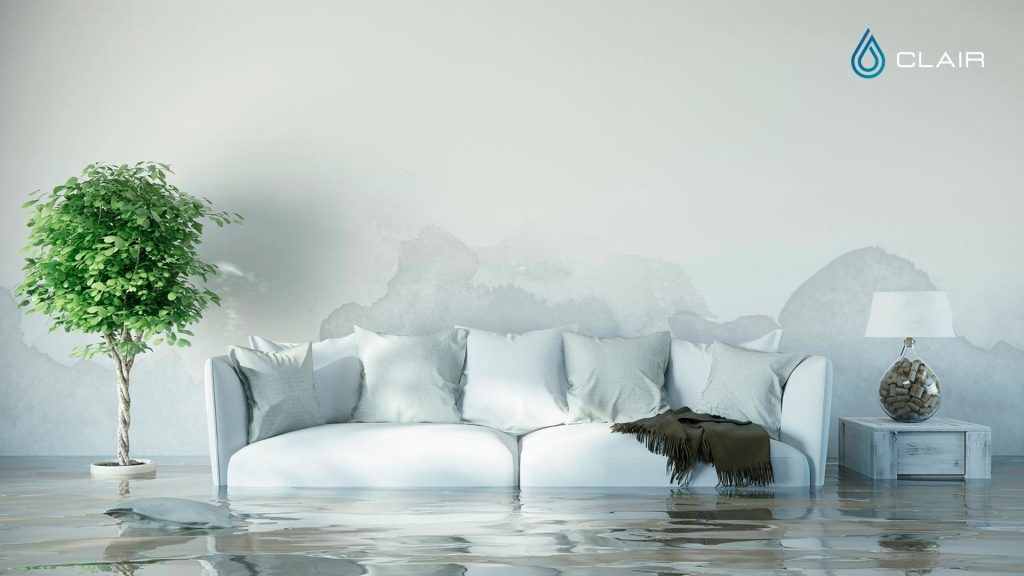Flooding in the home is an unfortunate event that can occur for a variety of reasons, such as torrential rains, river overflows or plumbing problems. After a flood, it is normal to feel overwhelmed and not know where to start to recover. However, it is important to take action as soon as possible to mitigate damage and recover properly. In this article, here are some steps you should take after a flood in your home.
1. Assess the safety of your home
Before entering your home after a flood, it is important to assess its safety. Make sure the electricity and gas are turned off to avoid risks of electrocution or explosions. Also check for structural damage to your home that could jeopardize your safety.
2. Contact your insurance company
If you have homeowner’s insurance, contact your insurance company as soon as possible. Report the flood and provide all the details necessary to initiate the claim process. Your insurance company can provide guidance on the next steps you should take to recover properly.
3. Document the damage
After a flood, it is important to document all damage to your home. Take photographs and videos of all affected areas, including personal belongings and furniture. This will help you file a more accurate claim with your insurance company and will also serve as a record for your own needs.
4. Clean up the water
If the flood left standing water in your home, it is important to clean it up as soon as possible. Use a water pump to remove the water from inside your home. If the water has been standing for more than 24 hours, it may contain bacteria and microorganisms that can be hazardous to your health. Wear personal protective equipment, such as gloves and a mask, while working on the cleanup.
5. Dry your home
After removing all the water from your home, it is important to dry it as soon as possible to avoid the appearance of mold and mildew. Use dehumidifiers, fans and open windows to improve air circulation. If possible, use sunlight to dry objects and surfaces in your home.
6. Clean and disinfect
Once your home is dry, it is important to clean and disinfect all affected areas. Use a bleach and water solution to disinfect surfaces and objects that have been in contact with water. It is also recommended that you wash all clothing, bedding and towels that got wet during the flood.
7. Repair the damage
Once you have completed all of the above steps, it is important to repair the damage to your home as soon as possible. You may need to hire a professional to make major repairs, such as repairing the electrical or plumbing system. You may also need to repair or replace furniture and personal items that were damaged during the flood.
8. Prepare for future flooding
After a flood, it is important to be prepared for similar events in the future. Make sure you have an emergency kit at home that contains basic supplies such as food, water and medicine. Also, consider installing early warning systems and flood protection barriers to prevent future damage.
In summary, after a flood in your home, it is important that you take steps as soon as possible to mitigate damage and recover properly. Assess the safety of your home, contact your insurance company, document the damage, clean up the water, dry your home, clean and disinfect, repair the damage, and prepare for future flooding. With these steps, you will be able to recover from a flood and effectively restore your home.

